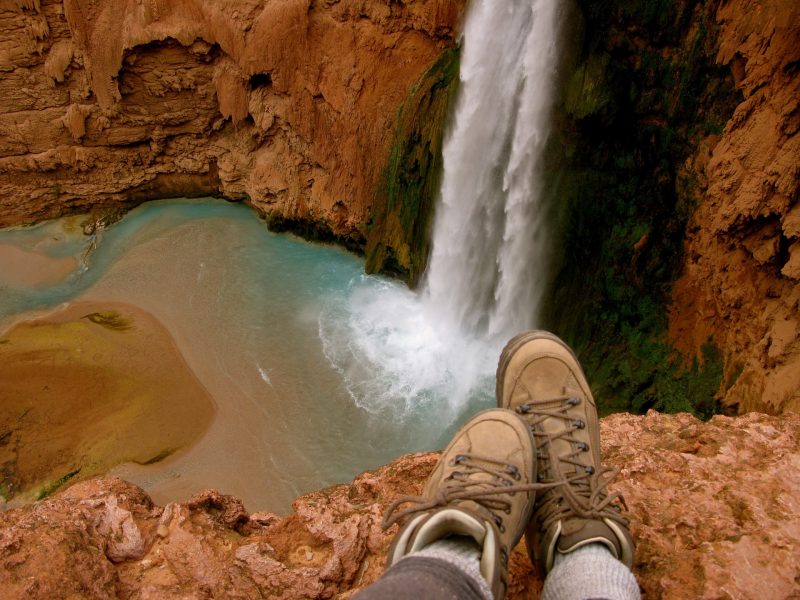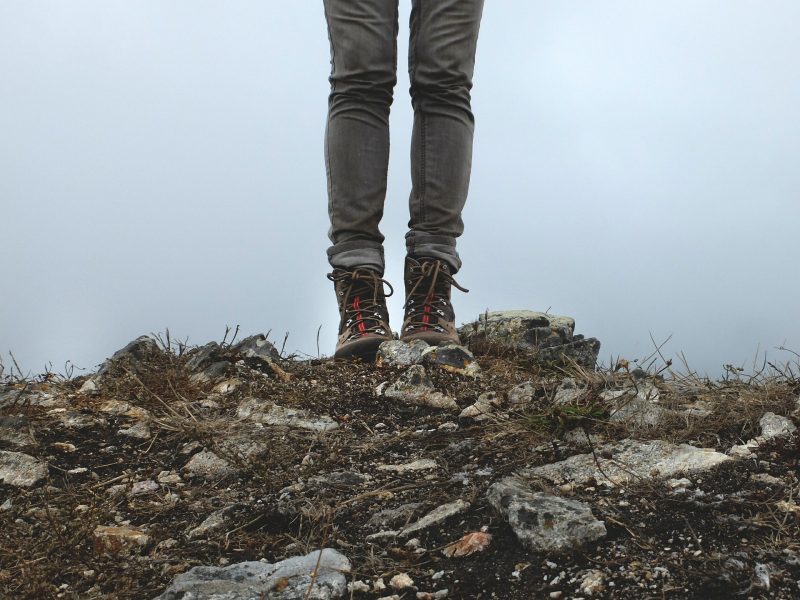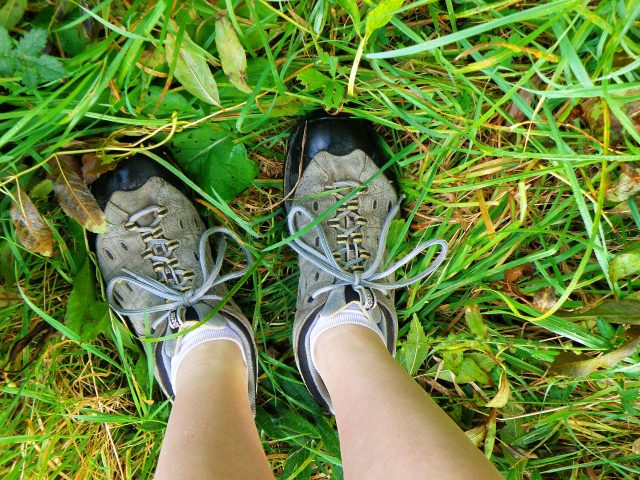Save your Feet: Finding the right fit for Hiking Boots
If you are serious about hiking, whether you do quick day trips or you would like to go for a longer adventure, your feet are what are going to get you there. It is common to have your feet fall victim to blisters, plantar fasciitis, or even athlete’s foot, all of which will make hiking for any length of time miserable. If you want to make it to the end of your hike, you really need to take care of your feet by picking out the best pair of hiking boots for your needs. Here’s how.
Confirm your size

Getting shoes that are too small are going to pinch your toes and getting ones too big are going to give you blisters. Your feet and ankles will swell the more you are out and about, so you don’t want them too tight to begin with. There should be a solid fit around the ball of your foot and your heel should seat comfortably. You should try them on with socks as well, to make sure the fit is right. You don’t want to lose any toenails out on the trail.
Think about the kind you need
There are several types of hiking boots to choose from so you will first need to consider what you are going to use them for.
- Mountaineering boots: These are heavy-duty boots made to hike through snow, rocks, and even icy terrain. They are built to keep your feet dry and warm while helping you climb over the most difficult ground.
- Backpacking boots: These boots are more versatile and can be worn on many different types of terrain. They are usually nice enough to be worn on dirt trails or pavement and durable enough to sustain all different types of weather.
- Lightweight hiking boots: These are more like a hefty kind of running shoes, meant to handle more variable weather than regular running shoes are. They will work well for backpackers of both short and long trips.
3. Check out what the hiking boots are made of

Unfortunately, not all boots are made of a quality material or material that works for what you really need them for.
- Full-grain leather: If you are in the market for mountaineering boots, there is a good chance that they are made from full-grain leather. Full-grain leather is incredibly durable and sturdy, and they’re good for walking on rough and rocky ground. The downside is that they are pretty heavy and will not allow your feet to breathe.
- Split-grain leather: This type of boot is a combination of the full-grain leather and synthetics and is more breathable than full-grain leather. The biggest downside with this type of material is that it is not water-resistant and is not known for its durability.
- Synthetics: Synthetic materials are typically a combination of nylon and polyester. You will find that these shoes break in easily and are light to wear. They are not usually water resistant, although, once they get wet they do dry much faster than leather ones do.
4. Cuts
Boots come in different cuts, which can help you prevent a rolled or sore ankle.
- High-cut: These are best for off-trail and rough terrain hiking adventures. They will provide the most stability to your ankles and provide the most support to prevent you from rolling your ankle.
- Mid-cut: Less supportive than the high-cut, the mid-cut still does offer ankle support, but are not as stiff as the high-cut boots are.
- Low-cut: This is the level that you will find most running shoes are at. They are not going to help prevent ankle injuries and really need to be worn on clear and easy trails.
5. Test them out

The biggest mistake you can do with hiking boots is to try to break them in when you are hiking. You are just asking to get a blister. If you are going for a long hike as well, you will not have a chance to exchange them for a better size or a different style. It will save you a lot of sore feet troubles if you wear them around the house for a while first.
If you have any comments then please drop us a message on our Outdoor Revival Facebook page
If you have a good story to tell or blog let us know about it on our FB page, we’re also happy for article or review submissions, we’d love to hear from you.
We live in a beautiful world, get out there and enjoy it. Outdoor Revival – Reconnecting us all with the Outdoors.





